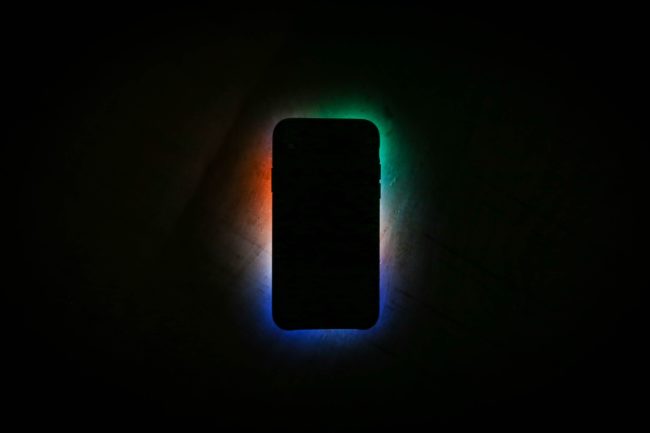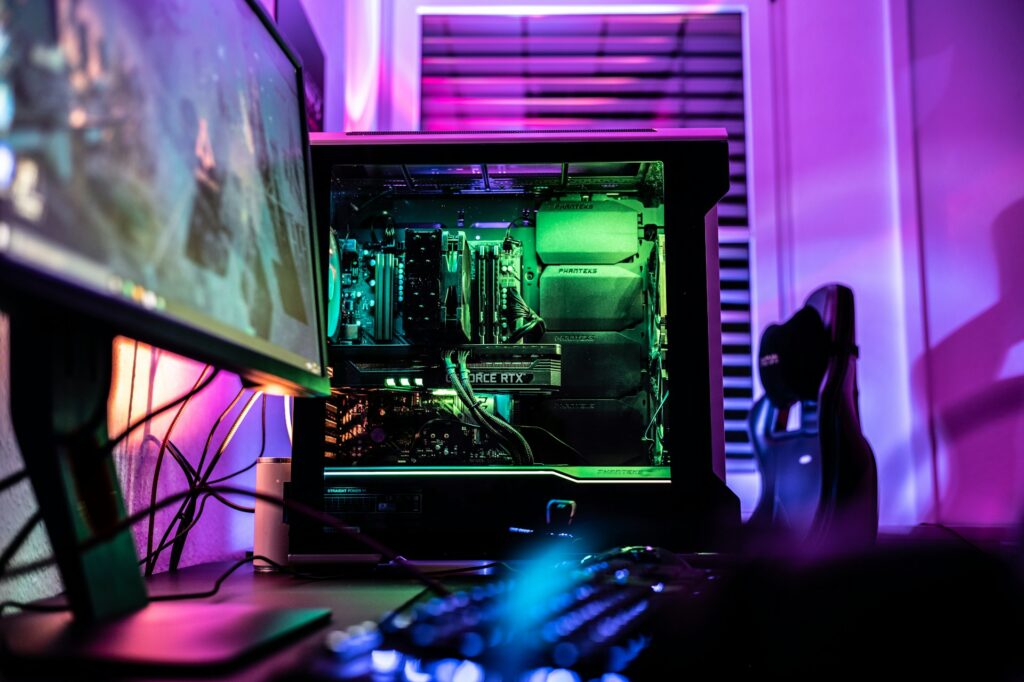If you are doing a computing task and see a black screen, that is enough to make you get a sick feeling in the pit of your stomach as your pulse quickens. Fortunately, you can do some things to attempt to remedy this frightening, but common, problem.
1. Check Your Monitor Connections
Sometimes, your black screen could have a straightforward remedy. At least, that’s true if a loose connection is to blame and you’re on a desktop computer instead of a laptop with a built-in monitor. Check all the monitor-related ports on your computer for secure connections.
If there’s an unused one, plug the monitor into it to see if you get better results than before. Also, inspect the monitor’s cords for any exposed wiring that could be affecting its connection.
Even if you need a new monitor, getting one is a relatively cheap way to upgrade your computer. Many people do that even when they don’t have black screen monitor problems because they think it’d be handy if their laptops had external monitors, for example. Getting one usually costs less than a couple hundred dollars.
2. Restart the Computer From a Sleep Mode
Do you typically put your computer into a sleep state instead of powering it down between uses? If so, you might not be seeing anything on the display because the computer’s having trouble transitioning to a normal operating mode after being asleep, but it’s still running.
Hold down the computer’s power button for three to five seconds. Doing that should shut the computer off. Once it’s turned off, try to boot up normally and see if your problem persists after doing that.
If you’re a MacBook user, it might be time to reset the system management controller. It controls things about your computer such as the keyboard backlight, the battery’s recharging capabilities and yes, many elements of the display.
Instead of restarting your computer as usual, shut the machine down. After it turns off, press the Shift-Control-Option keys and the power button at the same time and keep all of them held down for 10 seconds. Finally, start up your computer the typical way.
3. Disconnect and Reconnect Your Peripherals
Sometimes, an accessory plugged into your computer, such as a mouse, hard drive or external keyboard, could be the culprit behind the display woes. People often use those peripherals to maximize their productivity, but that certainly won’t happen if you can’t see anything on your computer’s screen.
First, disconnect all of them and restart your computer. You may then find the display looks normal.
If so, one of the peripherals is causing the problem. Reconnect them individually until you determine which one’s to blame for the monitor issue. When you find it, go through the process of updating the device driver. Either refer to the documentation that came with the product or go to the support section of the manufacturer’s website to get new drivers.
4. Ensure Your Computer Isn’t Getting Updated
Maybe your computer was working well a few minutes ago, but you got up to grab a snack, and when you came back, you saw screen darkness accompanied by a swirling dots pattern.
In that case, your Windows computer is going through the final phase of an update that downloaded while you were away. Usually, you just need to wait until the new software finishes downloading. When it does, the computer will restart on its own, and you’ll see the monitor return to normal.
However, if you don’t notice hard drive activity — such as if there are no indicator lights illuminated on the side of the computer — try to restart the machine.
5. Recruit Professional Help
We’ve just gone through some relatively simple things you can do to troubleshoot monitor issues. One of the challenges is that if you can’t see anything on the screen, it’s impossible to verify settings or any other characteristics of the computer’s system.
Taking your computer to a repair service could get your computer back in top shape — even if it’s old. However, it’s in your best interests to avoid immediately using such a manufacturer-offered option, because taking that approach could result in outrageous expenses.
Research to find independent repair operations in your area and prioritize those with the best reviews. Before going into a shop to get assistance, jot down some notes about how long you’ve had these display problems and what happens just before they occur. The more information you can provide, the easier it’ll be for the technician to investigate further.
Restore Your Computer’s Functionality
Not being able to use your computer as expected is invariably frustrating. Luckily, these monitor-related fixes could get you back on track.
Recent Stories
Follow Us On
Get the latest tech stories and news in seconds!
Sign up for our newsletter below to receive updates about technology trends















